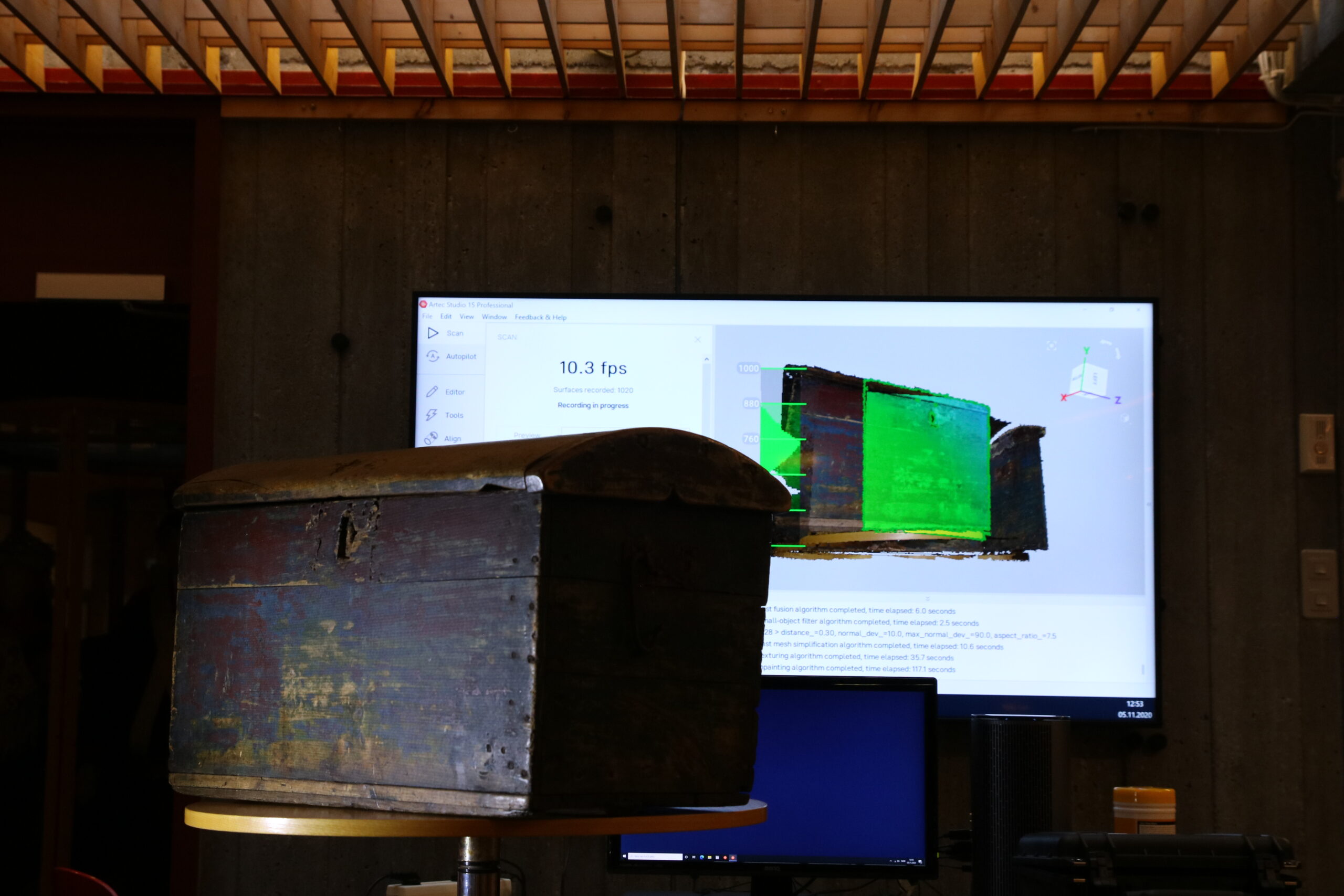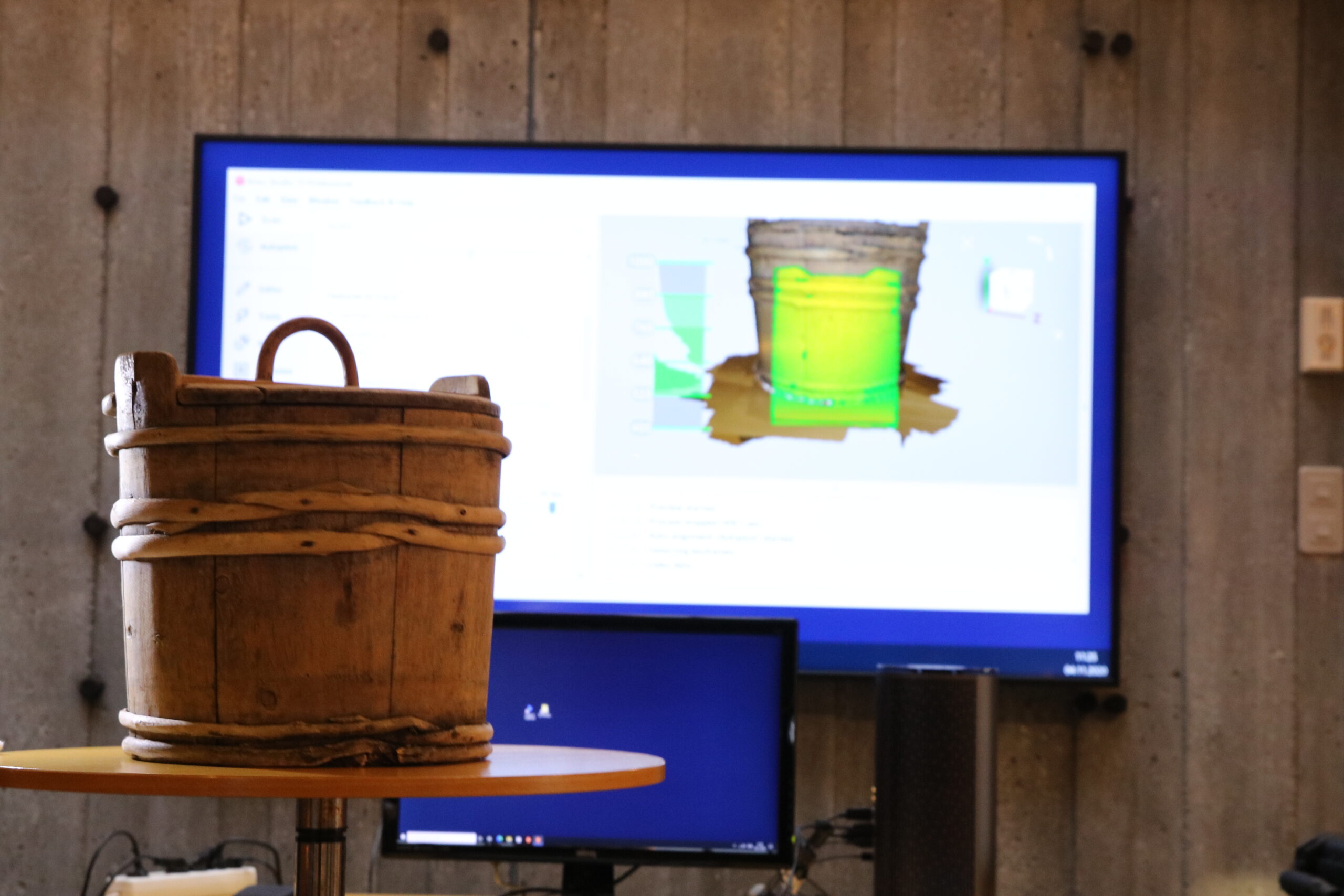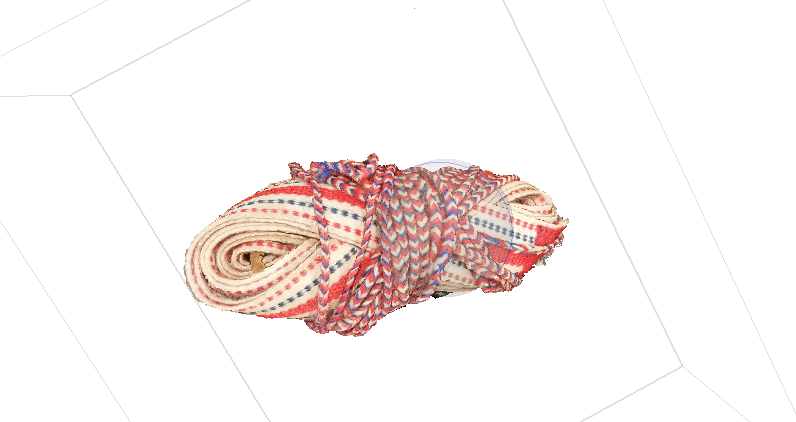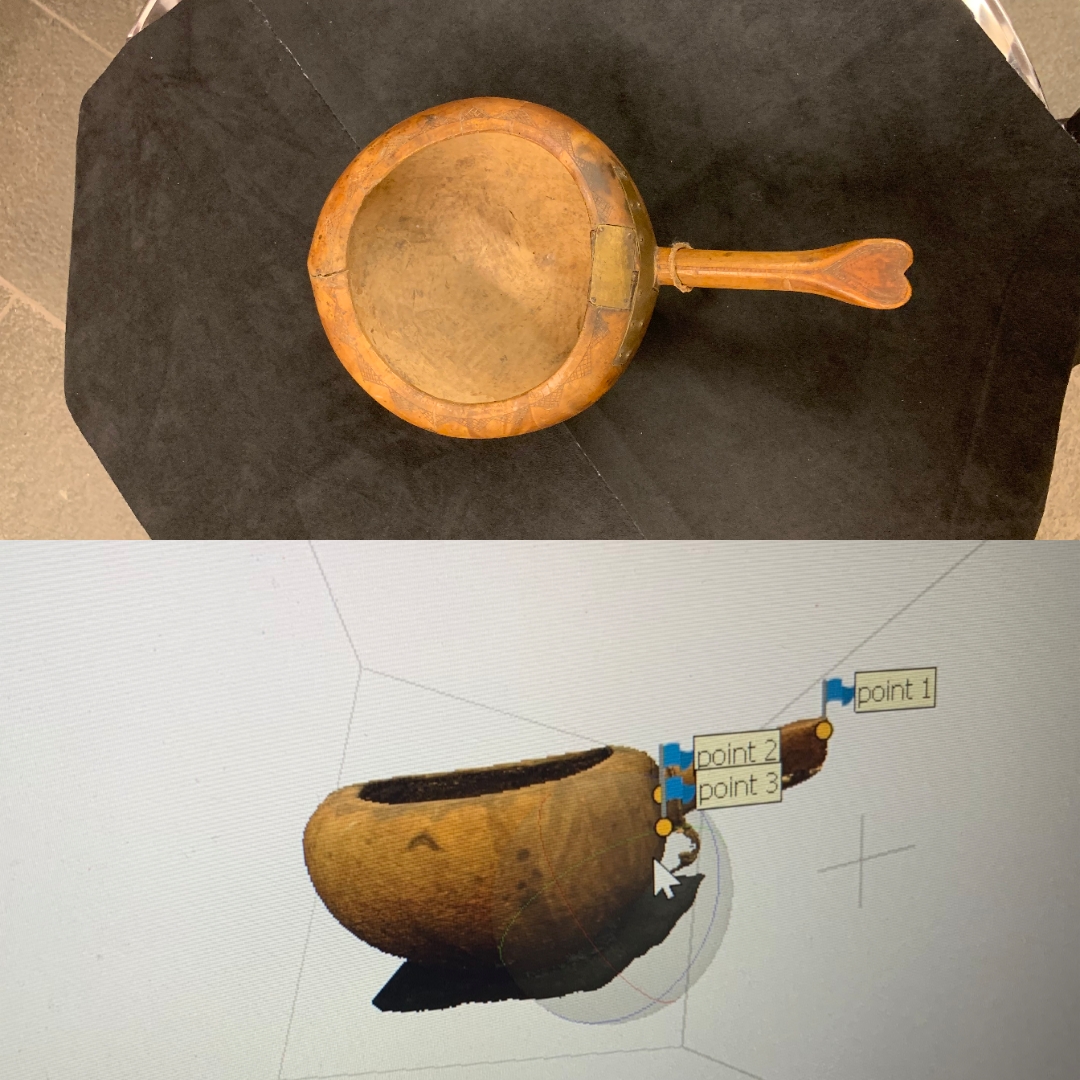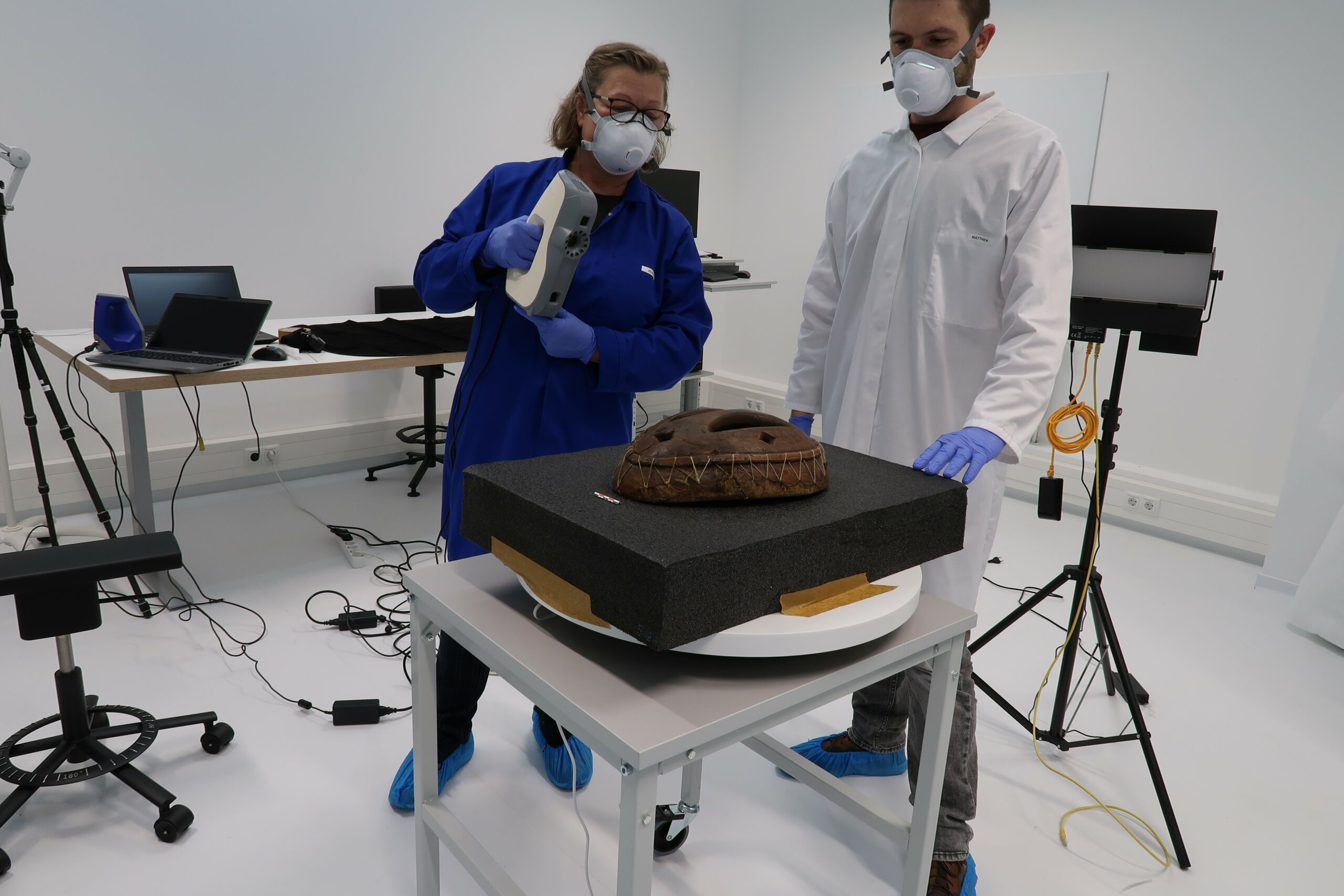
How do we use 3D technologies in our work?
ICOM – International Council of Museums has said the following under the International Museum Day 2022:
International Museum Day 2022 “The Power of Museums”: The power of innovating on digitalization and accessibility: Museums have become innovative playing-grounds where new technologies can be developed and applied to everyday life. Digital innovation can make museums more accessible and engaging, helping audiences understand complex and nuanced concepts. (https://icom.museum/en/our-actions/events/international-museum-day/)
Three-dimensional (3D) technologies give many possibilities to Indigenous museums allowing to display and take care of objects of Indigenous cultural heritage that are too old or too delicate to handle, to examine objects in detail, and to establish repatriation dialogues with other museum collections. 3D modelling opens new venues for museums’ dialogue with local communities about cultural heritage.
Since 2019 RDM has focused on capacity building in the use of new digital technologies. With financial support from The Art Council of Norway and from the Sami Parliaments of Norway, modern 3D equipment has been acquired, and RDM staff took courses in 3D scanning. 3D skills were used to produce a new exhibition, available now at The Sami Musuem in Karasjok (Sámiid Vuorká-Dávvirat), entitled RUOKTOT – Sami rumbbuid máhcaheapmi – Tilbakeføring av samiske trommer – The Return of the Sami drums.
3D technology can also be used in the art field. The benefit of this is that people interested in art all over the world can enjoy objects like installations and sculptures in a three dimensional format, without the objects having to be moved or exhibited in a physical room. This is also useful for education purposes, if students or people interested in art wish to study technique and design from their location.
This technology has some ethical downsides though. It is impossible to make a digital model of an artwork which is identical to the physical object. That means that we risk insulting the artist when we make a digital copy of their art. If the artist of an object one wishes to make a 3D-model of is alive, they should be contacted, and one should have the artists’ consent to make a digital 3D-copy of their artwork. If the artist of said piece is no longer alive, the organization with the copyright to the organizations which safegueard the artist’s intellectual property should be contacted before one makes 3D-models of their artworks.
RDM promotes the use of 3D models according to its mission as a Sámi institution, to safeguard and promote community well-being and culture. Therefore, RDM has developed a data management plan, approved by the RDM Board, that encourage a cautious approach to sharing 3D data of Sámi and other Indigenous cultural heritage, especially when derived from museum collections.
